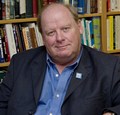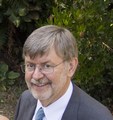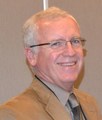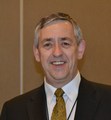Feast AND Famine Workshop: “If a vision for food security is to be entrenched as the new business as usual by 2030…….we have a 5-year window to get the initial elements of restorative development right,” forecasts Bob Sandford

“We now realize that our current risk assessments with respect to climate disruption are built on confidence in relative hydrologic stability that no longer exists. This changes everything. We had no idea until recently of how much influence the hydrological cycle has on our day to day lives or on the broader conditions that define the distribution and diversity of life on this planet,” states Bob Sandford.









